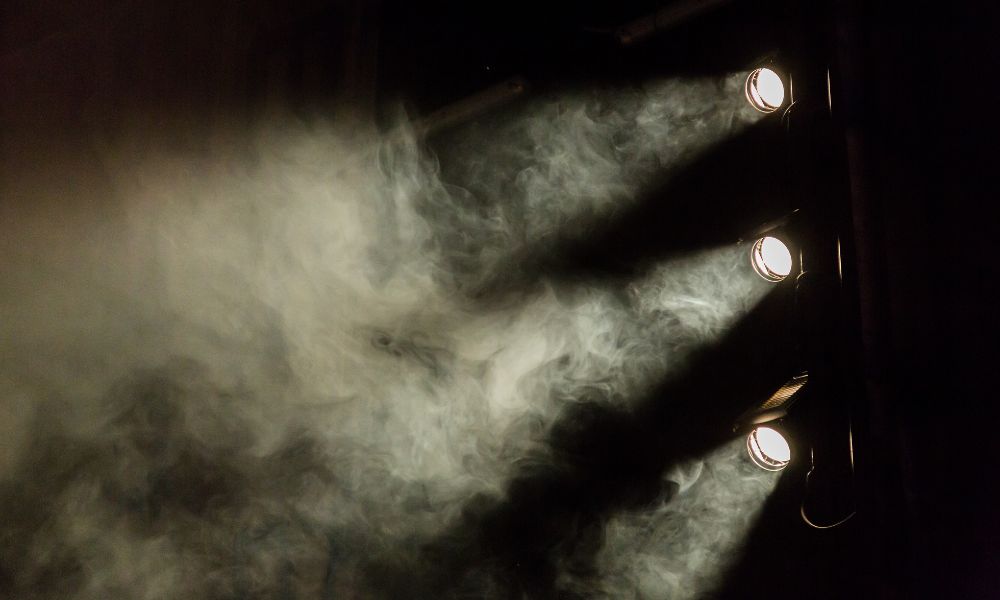 Setting the right mood on stage requires a careful assembly of lights, props, and actors working together. On stage, your space is limited because you don’t benefit from major location changes like you do with edited TV shows or movies.
Setting the right mood on stage requires a careful assembly of lights, props, and actors working together. On stage, your space is limited because you don’t benefit from major location changes like you do with edited TV shows or movies.
This means you must carefully craft stage lighting and backdrops to make the stage feel dynamic and alive. To channel that atmosphere, you must consider technical details. Learn the basics of lighting stage performances below, so you can captivate your audience during every show.
Establish the Role of Each Light
Lights impact every detail on the stage, so you shouldn’t choose them randomly. In fact, each light you choose for stage performance lighting should accomplish a specific task. How do you want the actors, props, foreground, and any other stage detail to appear? Finding the right stage lighting for different skin tones is especially crucial for ensuring every performer looks their best on stage.
Types of lights you can use include key lights, fill lights, and backlights. As the name suggests, the key light illuminates the key players and props in the scene. If the key light creates unwanted shadows on certain details, you can fix the issue by adding a fill light. Finally, backlights remain behind the subject to enhance visual depth in the camera frame. If every light serves a specific purpose, you can have optimal control over what your audience sees.
Find a Convenient Control System
Having multiple light sources can be complicated, but you can make control more convenient with the right hardware. At Ikan, we carry DMX lighting kits that provide you with one controller for all your LED stage lights. DMX kit capabilities differ to accommodate various performances. For instance, our DMX kits include 6-channel, 8-channel, and 96-channel models, among others. Thanks to these controllers, you don’t have to manually adjust every light individually, saving time and enhancing efficiency.
Always Refer to the Script
The basics of lighting stage performances will help you support your script more than anything. There is no straightforward right or wrong lighting solution for a stage play, so always refer to your script. This is why collaboration between the director and the lighting team is so essential. Everyone must be on the same page with how the lights—from their dimness to their physical location—will support what’s written in the script. Once you balance the writing with the visuals of your performance, you will find it easier to captivate your audience during the show.
